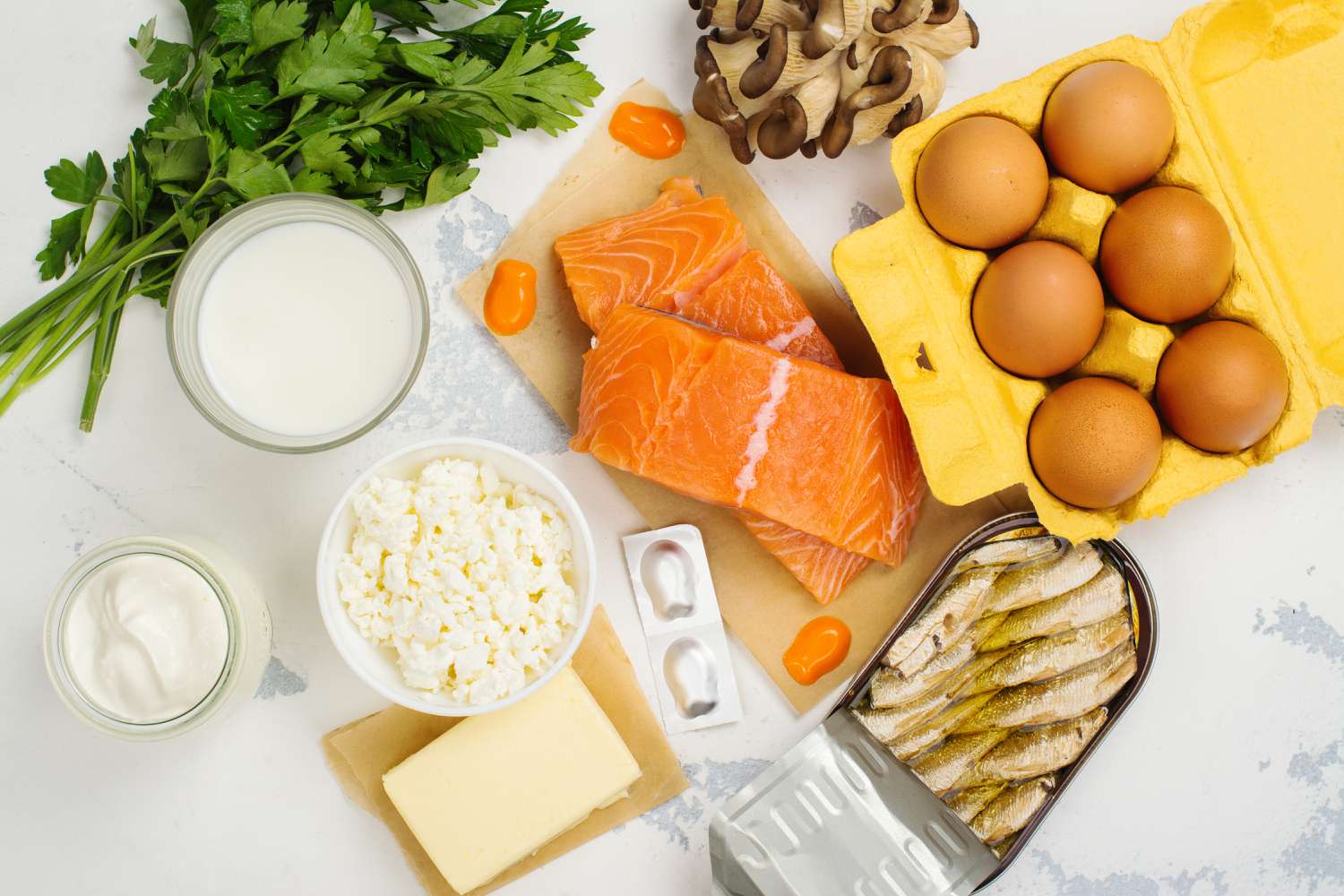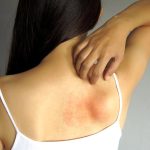
Key facts
- The sun’s ultraviolet (UV) radiation is a good source of vitamin D.
- It is important to be careful when getting vitamin D from UV radiation, because this source also causes skin cancer.
- If you don’t spend time or expose your skin when outdoors, you may be at risk of vitamin D deficiency.
Why should I include vitamin D in my diet?
Vitamin D is very important for bone health. It strengthens your bones by helping you to absorb calcium from the foods you eat. It also regulates the amount of calcium in your blood and helps to keep your hormones, nervous system and immune system working well.
What are the natural sources of vitamin D?
There are 2 main forms of vitamin D you need to stay healthy: vitamin D2 (ergocalciferol) and vitamin D3 (cholecalciferol). Vitamin D2 is from plant sources. It is found in fortified food and some supplements. Vitamin D3 is produced by sunlight on the skin. It is also found in some animal foods and supplements.
Most people are not able to eat enough food with vitamin D, but most people in Australia can get their vitamin D with careful sun exposure. They can get enough simply by doing their daily outdoor activities.
What ‘dose’ of sunlight do I need?
On average, around 90 per cent of vitamin D is made from sunlight exposure directly on to the skin (but not through glass).
How much time you should spend in the sun will depend on many considerations, including your skin type, where you live, the time of year and the time of day. If UV radiation is high, it is also important to wear sunscreen since this causes skin cancer.
Guide to sunshine dose needed to avoid vitamin D deficiency
| Summer | Spring/Autumn | Winter | |
|---|---|---|---|
| Fair skin | 10 minutes | 20 minutes | 30 minutes |
| Dark skin | 20 minutes | 60 minutes | 90 minutes |
See the sunshine map for the recommended sun exposure for your location in Australia.
Some people who spend lots of time indoors or wear clothes that cover their body, and those who live in the southern regions of Australia, may find it more difficult to get enough sun exposure. If you think you may be vitamin D deficient, ask your doctor for a simple blood test to check.
What are the main vitamin D food sources?
Most Australians get only around 10 per cent of their vitamin D from the food they eat. The main reason is that there are few foods that are rich in vitamin D, and the vitamin D in such foods is not in a form that works well in the human body.
The foods that are relatively high in vitamin D can, however, boost your intake, especially during winter. Vitamin D2 can be found in mushrooms. Vitamin D3 comes mainly from animal sources such as liver and oily fish including tuna, salmon, mackerel and herring. Egg yolks are also an excellent source of D3. You will get around 10 per cent of your daily needs in each egg.
Fortified foods and supplements
Some manufactured foods are fortified with added vitamin D. These will help you reach your requirements. Look for milk, soy drinks, margarines, breads or cereals with added vitamin D if you are in a high-risk group.
If your doctor says you are low in vitamin D, you might need a supplement. Australian guidelines recommend that people with vitamin D deficiency take supplements — even if they don’t have symptoms.
What is a balanced diet?
To achieve and maintain a balanced diet that covers all your vitamin needs, eat nutritious foods from all five food groups every day.
The 5 food groups are:
- vegetables and legumes/beans — at least 5 serves daily
- fruit — 2 serves daily
- lean meats and poultry, fish, eggs, tofu, nuts and seeds and legumes/beans -— 1 to 3 serves a day, depending on your age (and during pregnancy, 3-4 serves a day are recommended)
- milk, yoghurt cheese and/or alternatives, mostly reduced fat — at least 2-3 serves daily, with the minimum amount varying based on your age, sex and life stage
- grain (cereal) foods, mostly wholegrain and/or high cereal fibre varieties — the number of daily serves of wholegrain cereals you need varies based on your age and life stage, ranging from 4 serves daily for children to 6 serves daily for adult males under 70 years and adult females under 50 years of age
Aim to limit takeaway or ‘junk’ food to once weekly or less, and choose water rather than sugary drinks. Limit sweet foods (such as cake and lollies) and well as salty, processed foods (such as salami and chips).
Drink no more than 2 standard alcoholic drinks on any one day. For pregnant and breastfeeding women, the safest option is to not drink any alcohol.

